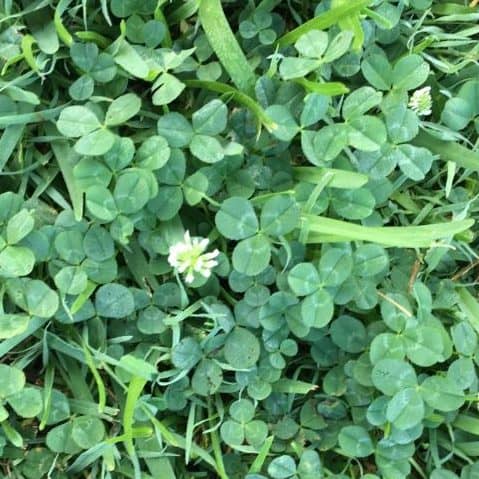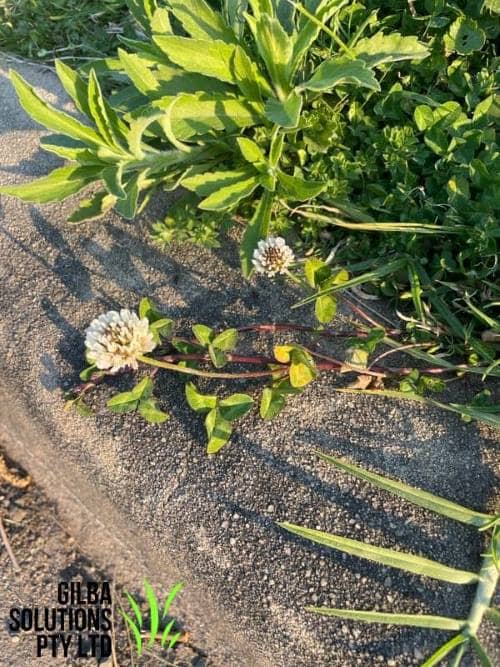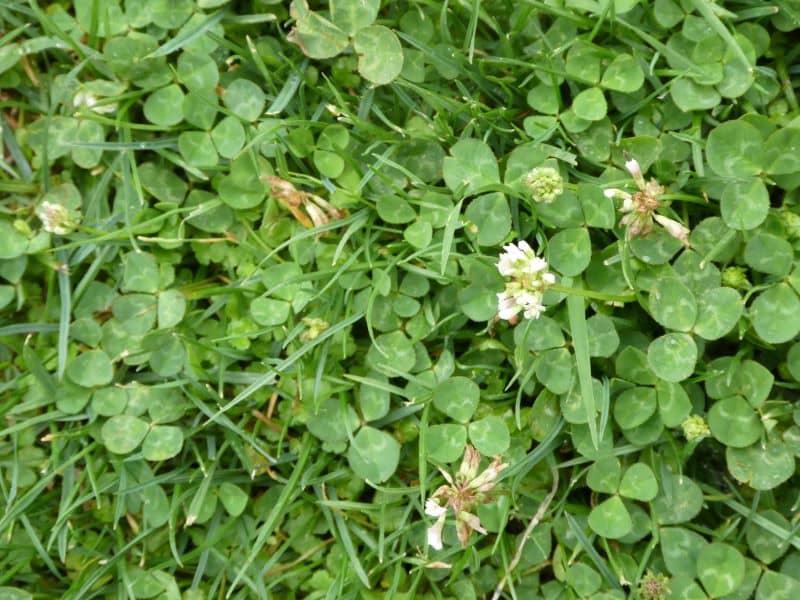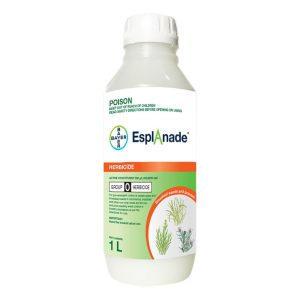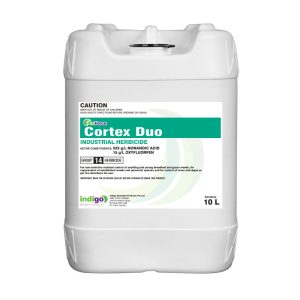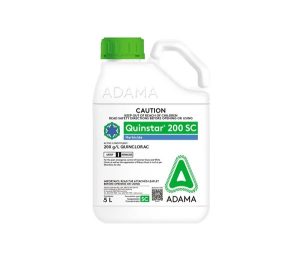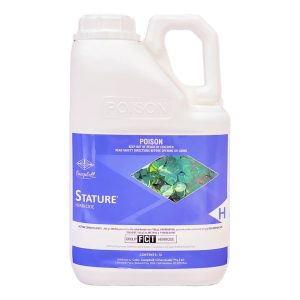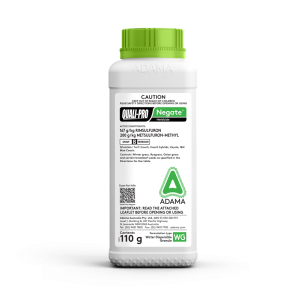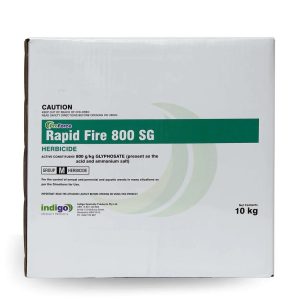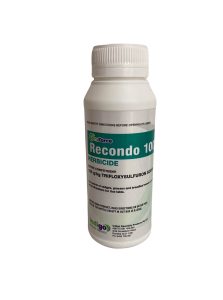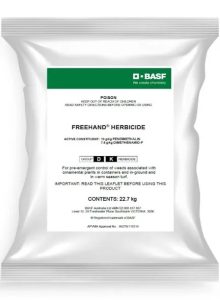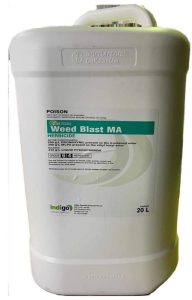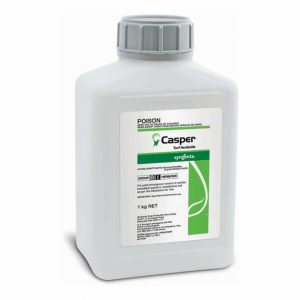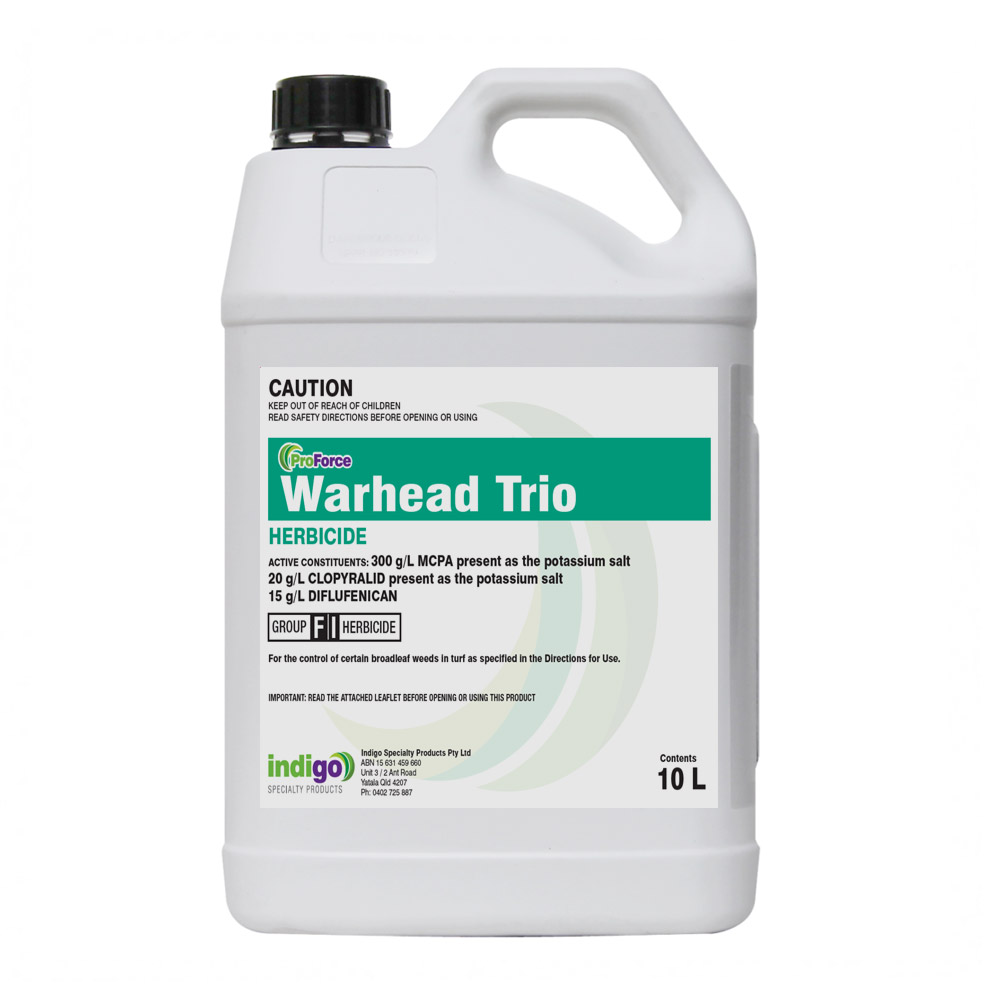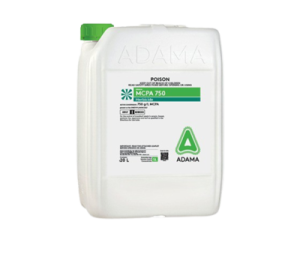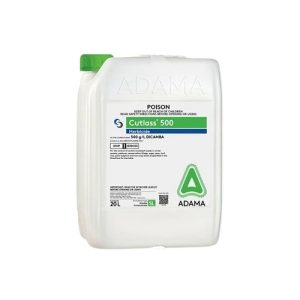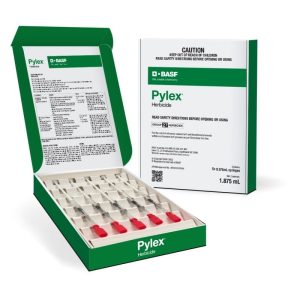White Clover (Trifolium repens).
White Clover (Trifolium repens) is a common prostrate perennial weed of turf grass. You see this weed in the Spring, Summer and Autumn. It is easy to identify by its distinctive green, trifoliate compound leaves.
After you read this, you will be able to:
- Identify Trifolium repens.
- Know the habitat of this weed.
- Know the best chemical and cultural options it.
Why is White Clover a Problem Weed.
- It spreads rapidly and outcompetes existing turf.
- Once it establishes it rapidly spreads.
- It forms dense mats which choke out existing turf grass.
- Triflolium repens competes with turf for soil nutrients.
- This weed is difficult to eradicate due to its root system, and that it spreads by stolons.
- This is a legume and can fix N from the air. This means it thrives in N-deficient soils. This makes it even more competitive vs turf grass.
- Clover is a persistent weed. It produces seeds that lie dormant in the soil for several years.
Its trifoliate leaves cause confusion with Creeping oxalis. The are two easy ways to tell these weeds apart:
- The Creeping oxalis flower is yellow. White Clover has pink or white flowers.
- White Clover has a distinct white mark on its leaves. Creeping oxalis doesn’t have this.
How to Identify White Clover.
Category: This is a broadleaf (Dicot) weed.
Photosynthetic Pathway: White Clover is a C3 weed.
Flower: Its flowers are white to pink, and resemble a small pea. They usually extend above the height of the leaves. It tends to flower from the Spring to the Autumn.
Height: This weed haș a prostrate growth habit.
Leaf length: The leaves have no hairs, have an oval to heart shape, and are 5 to 20 mm long.
Leaf width: The leaves are 5 to 14 mm wide.
Reproduction: It reproduces by seeds and creeping stems that root at the nodes.
Comments: The leaf margins are subtly jagged. Each leaf has a distinct white crescent that encircles the base of each leaf, and forms a central white ring.
Habitat: This is a very common weed of turf in Australia, and you often find it in N deficient soils. This is because it is able to fix N from the atmosphere which gives it a compettiive advantage in this situation.
Once it establishes it tends to outcompete existing turf, as it grows rapidly. White Clover is a good indicator of low N soils but it does not tolerate droughty soils as it has a shallow root system. It prefers cool, moist weather on well-drained soils.
More on lawn and turf grass weeds is in our weed ID chart.
How to Control White Clover.
How to Manage White Clover With No Chemicals?
- White Clover that is already established is hard to hand remove.
- If you do decide to hand pull it ,you must make sure to remove all the roots and dispose of them to avoid any re-growth.
- The best way to do this is to grip the plant close to the ground and gently pull it up.
- For large patches, use a small garden spade or fork.
- Mow your turf at the right height. This is an effective non-chemical tool. It stops this weed from seeding, and encourages your turf to thicken up.
- If fertilize your turf with N, it encourages the turf and not the weed. In low N soils, White Clover is able to fix atmospheric N. Feeding your turf counters this advantage.
- Don’t over irrigate your turf. This weed likes moist soils.
The key to non chemical control is to have a dense, healthy turf cover. If you achieve this the turf outcompetes this weed and prevents it from establishing.
Chemical Control of White Clover.
Trifolium repens is tolerant of Glyphosate. There are several herbicides available to control White Clover.
Pre-Emergent Control of White Clover.
White clover is a perennial weed. This means that it will come back unless you kill it with a post-emergent herbicide. A pre-emergent only prevents the germination of seeds.
- BASF Freehand. Freehand is a granular and gives great pre-emergent weed control. It works on broadleaf and grassy weeds like White Clover. It controls & suppresses more than 60 weeds for up to 3 months.
- Envu Esplanade.
Table of White Clover Pre-emergents.
Product | Active | Group | Rate/ Ha | African Love grass | Annual Rye | Crabgrass | Creeping oxalis | Parramatta Grass | Paspalum | Summergrass | Winter Grass | Crowsfoot | White Clover | $ Cost / m2 | Longevity weeks |
Barricade | Prodiamine | 3 | 1 to 4 L | 143-572 | 24 | ||||||||||
Onset 10GR | Prodiamine | 3 | 50 to 150 Kg | 275-825 | 24 | ||||||||||
Echelon Duo | Oxadiazon | 14 | 300 to 400 Kg | 2100-2800 | 12 | ||||||||||
Dimension | Dithiopyr | 3 | 1.75 to 3.5L | 280-560 | 18 | ||||||||||
Freehand | Pendimethalin + dimethenamid-P | 3 + 15 | 100 Kg | 1585 | 12 | ||||||||||
Specticle | Indazaflam | 29 | 250 ml | 495 | 32 | ||||||||||
Pennmag | Metolachlor | 15 | 2 L | 45 | 8 |
Post Emergent Control of White Clover.
- 2,4-D. This just burns the top off the White Clover. It then tends to grow back.
- MCPA.
- Warhead Trio. This is safe on Buffalo grass.
- Contra M herbicide. Don’t use this on Buffalo grass.
- Weed Blast MA. This is safe on Buffalo grass.
- Quali-Pro Negate. Do not use on Buffalo grass.
- Casper Turf. Don’t use Casper Turf on Buffalo grass.
- ProForce Recondo. Do not use on Buffalo Grass.
- Quinstar. This is safe on cool season turf. Do not use on Buffalo Grass.
- ProForce Duke. Safe on most varieties of Buffalo Grass.
- Dicamba. Don’t use Dicamba on Buffalo grass.
- Pylex Herbicide. Do not use on warm season turf.
- Stature. Stature is safe on all established cool and warm season grasses. Not for home garden use. A non-ionic surfactant is recommended.
Table of Post Emergent White Clover Herbicides.
Product | Active | Chemical Group | Rate/Ha | Comments |
2,4-D | 2,4-D | 4 | 1.8-3.2L | Wet foliage thoroughly. Don't mow lawn for 1 week before or after use. Don't use on Buffalo grass (WA only). |
Casper | Prosulfuron + Dicamba | 2 + 4 | 800g-1Kg | Apply from Autumn to Spring. Use high rates in cool months or if high weed pressure. Control takes 4 to 6 weeks. Use Optispread NIS at 0.42% v/v. |
Contra M. | Dicamba + MCPA | 4 | 6.5L | Apply in 250-400L. Don't use on Buffalo grass. After use don't mow for 2 days before or after use or fertilize within two weeks. |
Dicamba | Dicamba | 4 | 1.2L | Use a minimum of 1000L/Ha. Don't spray on Buffalo or Bent Grass. |
Duke | Iodosulfuron | 2 | 100g | Always use an NIS or Overtake Oil. Use in 200-500 L/Ha. |
MCPA | MCPA | 4 | 930ml -1.8L | Apply to growing weeds. Don't mow for 2 days before use. Some transitory damage may occur to fine turf grasses |
Negate. | Rimsulfuron + Metsulfuron-methyl | 2 | 110g | Apply to growing weeds not under stress. |
Pylex | Topramezone | 27 | 0.375 mL/100 m2 in 4-6 L water + 0.5% MSO | Two applications 21-28 days apart. May bleach Bentgrass after 7-14 days. Do not water for 24 hrs post use. |
Quinstar | Quinclorac | 4 | 4.1L | Apply to actively growing weeds. |
Recondo. | Trifloxysulfuron | 2 | 225g | Use Optispread NIS at 0.42% v/v (600 g ai/L) or Overtake Oil at 1%v/v. Apply in 400 to 800 L/Ha. May need to repeat in 4 to 6 weeks. Allow 6 weeks before overseeding. May discolour Qld Blue and Zoysia. |
Weed Blast MA | Bromoxynil + MCPA | 6 + 4 | 3-6L | Apply in a minimum of 500L/Ha. Don't mow for 2 days after use. |
Warhead | MCPA + Clopyralid + Diflufenican | 4 + 12 | 5L | May discolour kikuyu, carpet grass and Queensland blue. Avoid overlap. Use an NIS. |
Non Selective Control of White Clover.
- Glufosinate-ammonium provides control for 4 to 6 weeks. This weed then tends to regrow due to the limited movement of glufosinate.
- Glyphosate. You can use Glyphosate. If water quality is an issue then use ProForce Manta Ray.
The following are non-selective. They also have a long term residual and stop re-growth of White Clover.
- Renegade. Renegade stops germination of White Clover for up to 12 months. This reduces the need for repeat applications.
- Numchuk Quad. This gives effective post and pre emergent control for up to 12 months.
- Cortex Duo. Cortex Duo gives a rapid knockdown of Trifolium repens. It then has a residual for up to 3 months. It is also safe to use near trees.
Table of Non Selectives For White Clover.
Product | Active | Group | Rate/Ha |
Glufosinate 200 | Glufosinate-ammonium | 10 | 1 to 6 L |
Rapid Fire 800 | Glyphosate | 9 | 0.9 to 1.35 Kg |
Numchuk Quad | Terbuthylazine + Glyphosate + Amitrole Oxyfluorfen | 5 + 9 + 34 + 14 | 20 to 25 L |
Cortex Duo | Nonanoic Acid + Oxyfluorfen | 14 | 7 L/1000L |
Renegade | Bromacil | 5 | 3.5 to 6.5 Kg |

